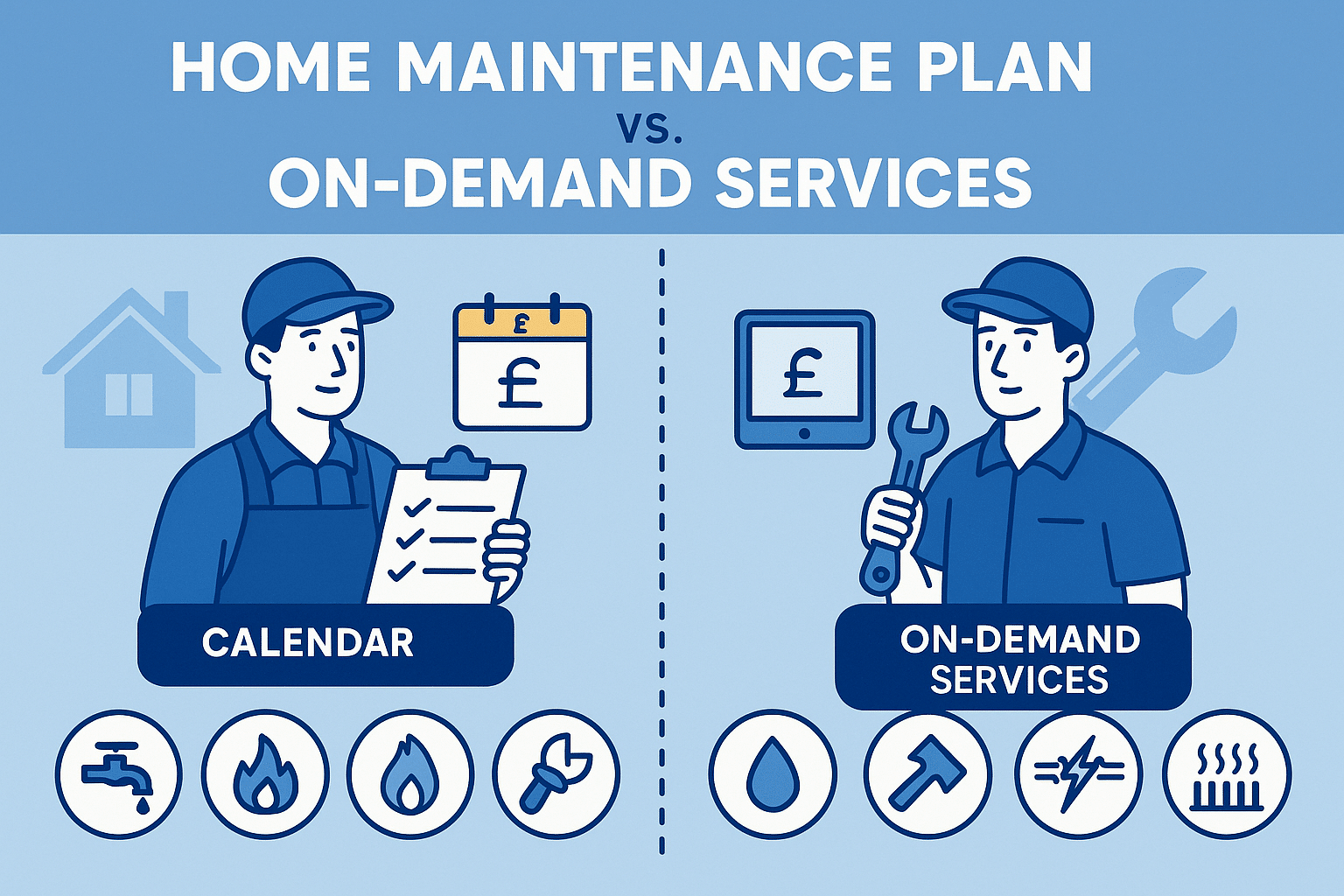 10 Most Common Electrical Problems At Home
10 Most Common Electrical Problems At Home

If you’re a landlord or homeowner in the UK, you’ll want to be aware of the most common electrical problems that can occur in your home. In this blog post, we’ll cover 10 of the most common issues and how to resolve them. Whether you’re experiencing a power outage or flickering lights, we’ve got you covered. So read on for some helpful tips!
1. Faulty wiring: Faulty wiring is one of the most common causes of electrical problems in the home, and it can be dangerous if not addressed quickly. The main dangers are caused by frayed or damaged wires, overloaded circuits, and improper installation. To check for faulty wiring, you should look for signs such as discolored wires, hot outlets, sparks when plugging something in, and buzzing or humming sounds near outlets. If you suspect that your wiring may be faulty then it’s important to contact a qualified electrician right away who can assess the situation and perform any necessary repairs.
2. Outdated fuse box/consumer unit: Many homes still have outdated fuse boxes which aren’t equipped to handle modern technology such as computers, gaming consoles, and more. If you’re experiencing unexplained power outages or flickering lights then it could be due to an overloaded fuse box. In this case, you’ll need to upgrade your fuse box/consumer unit to one that is suitable for modern appliances and technology.
3. Loose connections: Loose connections can cause a range of electrical issues such as intermittent power outages and flickering lights. To check if the problem is caused by loose connections, simply examine exposed wiring around outlets and switches for any signs of burning or discoloration. You should also check that all wires are secure in their respective outlets or switches. If the connections appear loose or damaged, contact a qualified electrician immediately who can replace the damaged wiring and restore power.
4. Faulty light switches: Another common electrical problem is faulty light switches which can cause lights to flicker or not turn on at all. To check for a fault, simply remove the switch cover and inspect the wiring inside. If you notice any signs of discoloration or burning, then this could indicate a problem that needs to be addressed by an electrician right away.
5. GFCI outlets: Ground-fault circuit interrupters (GFCIs) are safety devices designed to cut off power in case of an overload or short circuit. Unfortunately, these devices can sometimes malfunction due to wear and tear over time, which can lead to dangerous situations such as electrocution if they’re not repaired or replaced. To test a GFCI outlet, simply plug in a lamp or other small appliance and then press the “test” button. If the power doesn’t cut off, then you’ll need to replace the GFCI outlet right away.
6. Tripped circuit breakers: Circuit breakers are designed to protect your home from electrical fires by trips when there is an overload on the circuit. However, they can sometimes trip for no apparent reason, which can be frustrating if you’re not sure how to reset them. If you have a tripped circuit breaker, simply locate the breaker switch and flip it back to the “on” position. If the breaker trips again then there may be an underlying problem that needs to be addressed by a qualified electrician.
7. Overloaded circuits: If you’re constantly experiencing power outages or flickering lights, then it could be an indication that your electrical system is overloaded. This can happen when too many appliances and devices are connected to the same circuit, which puts too much strain on the wiring and causes the breaker to trip. To prevent this from happening, try to spread out the load across different circuits if possible.
8. Poor lighting: Poor lighting can cause a range of problems such as eyestrain and fatigue, so it’s important to make sure that your home has good quality lighting that is bright enough for any task. If you’re noticing dimmer than normal lights then it could be due to a wiring issue or outdated bulbs, both of which should be inspected and replaced by an electrician if necessary.
9. Unsafe wiring: If you have old or faulty wiring then it can pose a safety hazard, so it’s important to have it checked out as soon as possible. Signs of unsafe wiring can include discoloration around outlets or switches, sparks when plugging in appliances and more. If you notice any of these signs then contact a qualified electrician immediately who can assess the situation and perform any necessary repairs.
10. Unstable power supply: Electrical problems such as unstable power supplies are often caused by poor grounding or loose connections. To check if this is the case, examine exposed wires around outlets and switches for any signs of burning or discoloration. If you find that they appear loose or damaged, then contact a qualified electrician right away who can replace the wires and restore power in your home.
No matter what type of electrical issue you’re experiencing in your home, it’s important to get it checked out by a qualified electrician as soon as possible. With proper maintenance and repairs, you can ensure that your home remains safe from potential dangers posed by faulty wiring and other electrical problems.
So if you’re noticing any signs of electrical issues in your home, don’t hesitate to call a professional electrician right away. This will help ensure that your home remains safe and functioning properly for years to come.


